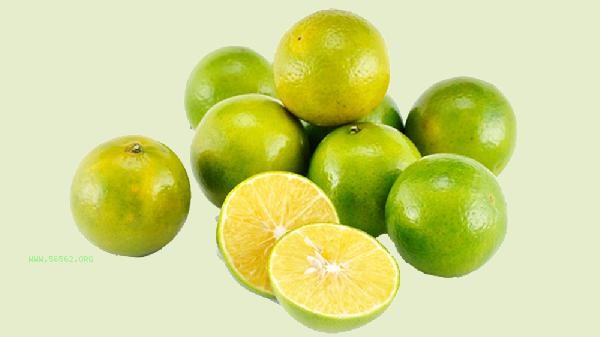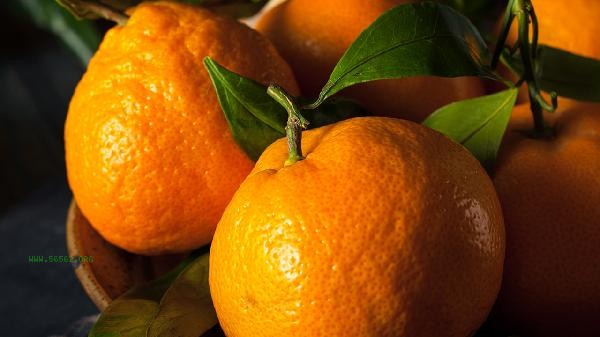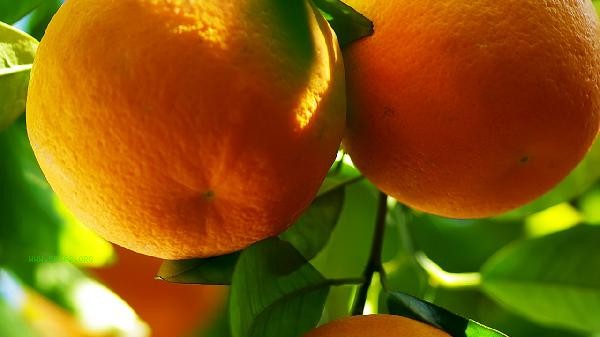Oranges generally do not have a distinction between male and female, and the folk identification methods are mostly based on the shape of the fruit stem or the size of the navel, but in reality, they are not directly related to the quality of oranges. The taste difference of oranges is mainly influenced by factors such as variety, maturity, and planting conditions.

Folklore often distinguishes between male and female oranges based on whether the fruit stem is concave or convex, believing that concave oranges are sweeter for female oranges and convex oranges are more sour for male oranges. In fact, the shape of the fruit stem is determined by the way the sepals fall off, and is not related to the gender of the orange. Citrus plants are mostly self pollinated and their fruit development is not affected by male or female factors. The size of the navel only reflects the degree of carpel development, and a larger navel may correspond to more juice cells, but the sweetness still depends on the variety characteristics. Some consumers believe that round oranges are sweeter than pile shaped oranges, which is related to nutrient allocation during fruit development. High stem oranges may experience significant vertical growth due to sufficient moisture during their growth period, but sugar accumulation is not necessarily related to fruit shape. Oranges of the same variety may have slightly higher sugar content on the sunny side due to sufficient sunlight, which can be determined by observing the depth of the skin color. When selecting oranges, attention should be paid to the smoothness and elasticity of the skin. Mature and high-quality oranges have delicate oil cells on the skin and a rebound sensation when pressed. Avoid choosing fruits with soft or partially softened skin, as they may be stored for too long or lose internal moisture. Citrus fruits no longer ripen after harvesting, and when purchasing, you can directly smell the fragrance of the fruit stem to determine its freshness. It is recommended to store in a cool and ventilated place for daily use to avoid mold growth caused by humid environments.










Comments (0)
Leave a Comment
No comments yet
Be the first to share your thoughts!